SPRING 2025 Projects
p-SymPy
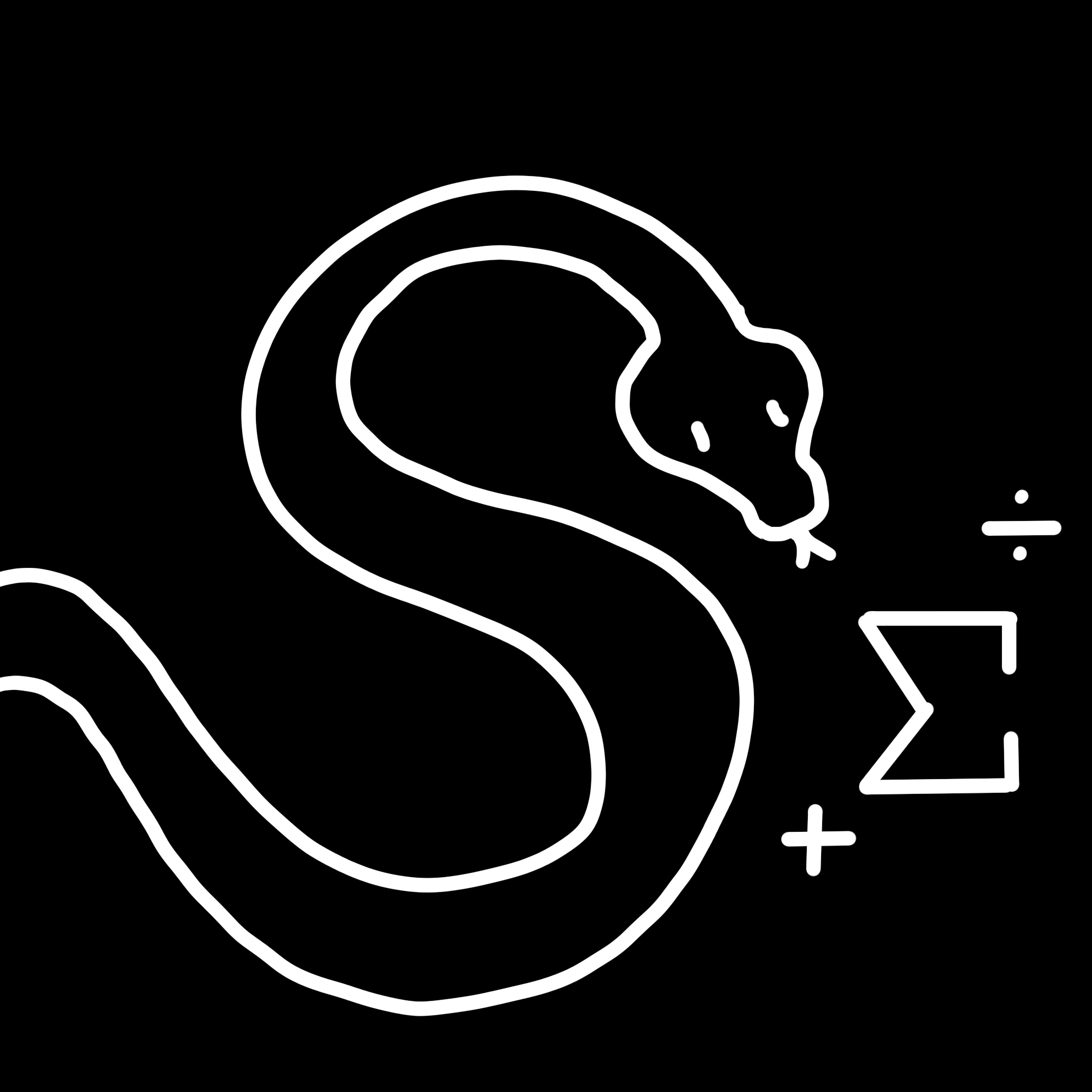
Speeding up SymPy's new assumptions
Have you ever wanted to contribute to open source software? Join my project and gain the opportunity to do just that! My goal is to enhance the performance of the assumptions module in SymPy, a widely-used Python-based computer algebra system (think WolframAlpha, but in Python).
Lead: Tilo Reneau-Cardoso, PO'25
p-laylist

AI-powered music recommendations.
Have you ever been frustrated with Spotify recommending the same songs repeatedly, even when your interests change? Our project tackles these issues by developing an AI-powered web app for collaborative music recommendations.
Leads: Angelina Tsai HMC '26, Tyler Headley HMC '26, Korin Aldam-Tajima HMC '26
p-UBet

A goal setting app that incorporates aspects of fantasy sports betting to enhance accountability.
This project aims to develop a social goal-betting web application, inspired by elements of fantasy sports betting, to help users achieve their personal goals through accountability, community, and stakes. The app will allow users to set personal goals, place monetary bets on their success, and invite friends or peers to bet on their challenges for monetary and social reinforcement. The app's unique angle blends gamification, social collaboration, and psychology to encourage habit formation and sustained motivation.
Leads: William Haspel PO '27, Vadym Mussienko PO '27
p-ackUp

LLM-Powered Travel Planner.
In our project, we will be developing a full-stack, chat-based travel planner that utilizes the Google Gemini LLM to help users create unique trip itineraries by not only including classic tourist attractions but also featuring iconic filming locations and memorable places depicted in our favorite movies/shows. Our system personalizes travel itineraries based on user preferences and selected destinations, creating a plan that includes famous sightseeing spots, movie scene locations, local specialties, and the best places to try them, while at the same time optimizing travel schedules considering opening hours and distance between locations. The main goal of our project is to learn how to prompt and integrate LLMs within a full-stack application!
Leads: Chau Vu PO '26, Kartika Santoso PO '26
p-PoseLock
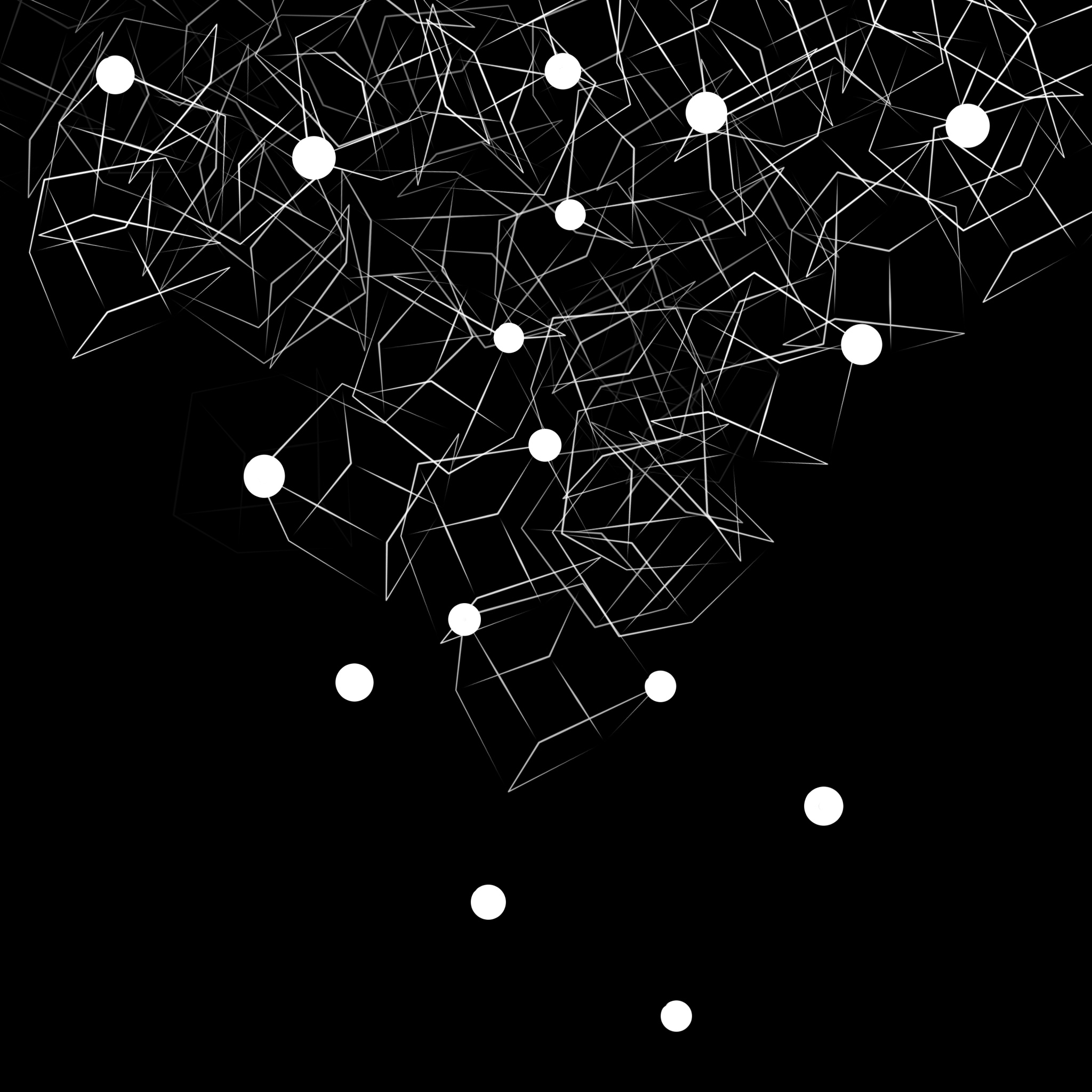
Leveraging Deep Learning and Computer Vision for Pose Estimation-Driven Biometric Authentication.
This project focuses on developing an authentication system using pose estimation and gait feature analysis. Unlike traditional biometrics, such as fingerprint scanning or facial recognition, this system identifies individuals based on their unique walking styles, which are detected using a camera aimed at the side of the individual. This provides a seamless and non-intrusive authentication method, unlike more invasive methods like fingerprint scanning.
Lead: Sudharsan Gopalakrishnan HMC '27
p-Recommendation

AI-driven user recommendation system for a real world-mobile app.
Recommendation and matching algorithms are pivotal in enhancing user experiences across various platforms, including social media, dating apps, video games, and professional networking sites. Our project focuses on developing a tailored recommendation algorithm to facilitate meaningful group connections in real-world settings. This algorithm will be implemented in the in-development mobile app Yaaro, which is already live with real users and active data. Yaaro is designed to make meeting people locally and forming in-person connections more accessible. By leveraging user data and behavioral patterns, the app aims to recommend nearby individuals with shared interests.
Leads: Landen Isacson PO '27, Devansh Taliyan PO '27
p-ai

Creating a new website + portfolio for the 5C's biggest tech club.
The goal of this project is to create a new website for the P-ai club. The old website is quite outdated and isn't organized well. In this project we would be designing, programming and deploying a new website. The new webpage for P-ai will be easier to navigate, more visually appealing, and function as a portfolio for everyone's projects. Therefore, the club will be presented as more professional and attractive. Also, in such a way, anyone who participated in a p-ai project can showcase their work in applications by using a link from the website's portfolio page.
Lead: Asya Lyubavina, Pomona '26
p-MarketForecast

Predict large swings in stock market trends.
p-MarketForecast aims to predict large swings in stock market trends by identifying significant events and analyzing their impact on financial markets. The project aims to use both news data (scraped from the web) along with financial data (volume, indicators, quarterly reports, etc.). The project addresses the challenges of anticipating market shifts. Using historical market data and news sentiment analysis, we aim to integrate machine learning models to identify patterns and forecast major market movements.
Lead: Cole Uyematsu, Pomona '26
p-ickup

AI powered rideshare matching.
No one wants to spend $100 on a single Uber ride to LAX, especially after already paying hundreds for a ticket home. While the Claremont Colleges sometimes offer subsidized shuttle services, these are not always available at convenient dates or times for everyone. Our P-ickup website aims to address this issue by providing students with a platform to fill out a matching form (flight information, dates, airport preferences, etc.). The platform will feature a messaging system, rideshare cost predictions, and a machine learning model that improves its matching accuracy over time based on user ratings and feedback.
Leads: Julianne Louie PO '26, Francisco Morales Puente PO '26
p-Invest

An AI-forward Google Chrome extension for Robinhood.
This project aims to develop a Google Chrome extension for Robinhood to enhance user understanding of investing. The extension will provide advanced insights on user trades, such as detecting overexposure to specific market sectors, and enable filtering and trend visualization. It will also create a unique user investing persona based on scraped data and leverage the OpenAI API to offer personalized, adaptive investment recommendations and guidance. The goal is to help users learn from their investing patterns, improve decision-making, and develop independent investing habits.
Leads: Alex Knight CMC '27, Alex Seager HMC '27
FA 2021
p-Interact
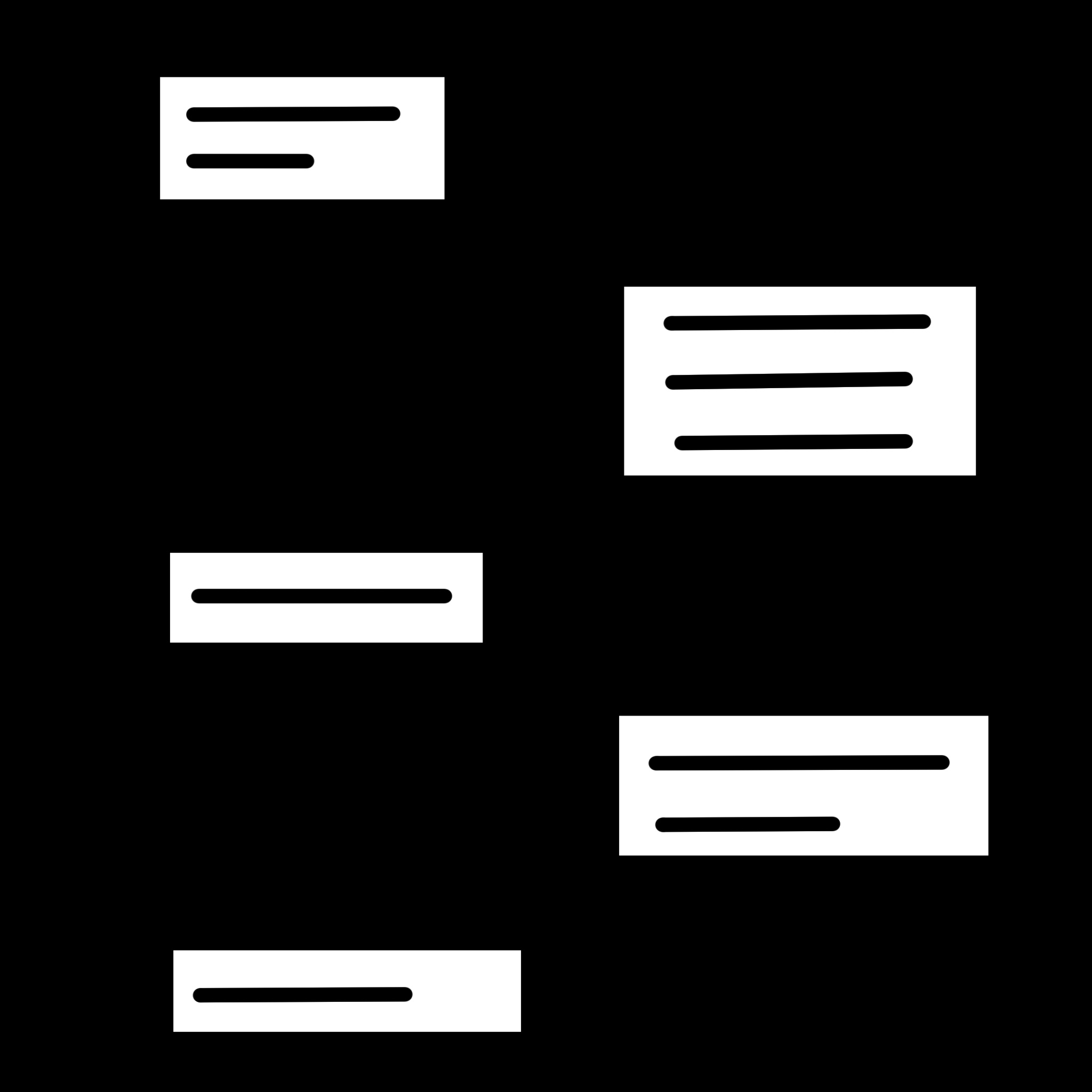
Applying GPT-3 to Interactive Fiction
- Language models like GPT-3 have become very good at generating shorter sequences of text, but lose coherency and consistency over longer stretches, such as fiction.
- Goal: apply GPT-3 towards writing interactive fiction (stories where the reader can interact and influence the outcome).
- Work will include training GPT-3 to generate fiction, encoding information within GPT-3 prompts to maintain coherency, and evaluating model outputs.
- Ideal for those interested in computational creativity, working with GPT-3, and more applied ML projects.
Lead: Andy Liu HMC '23
p-TCM

Bridging Traditional Chinese Medicine & Modern Nutritional Science
- Use classification machine learning algorithms to associate modern nutritional science properties with the traditional Chinese medicine hot and cold classifications
- Train models using Logistic Regression, SVM, KNN, Decision Tree, etc.
- Possible opportunity to collaborate with researchers for journal submission.
Lead: Aaron Xie CMC '24
p-Climate
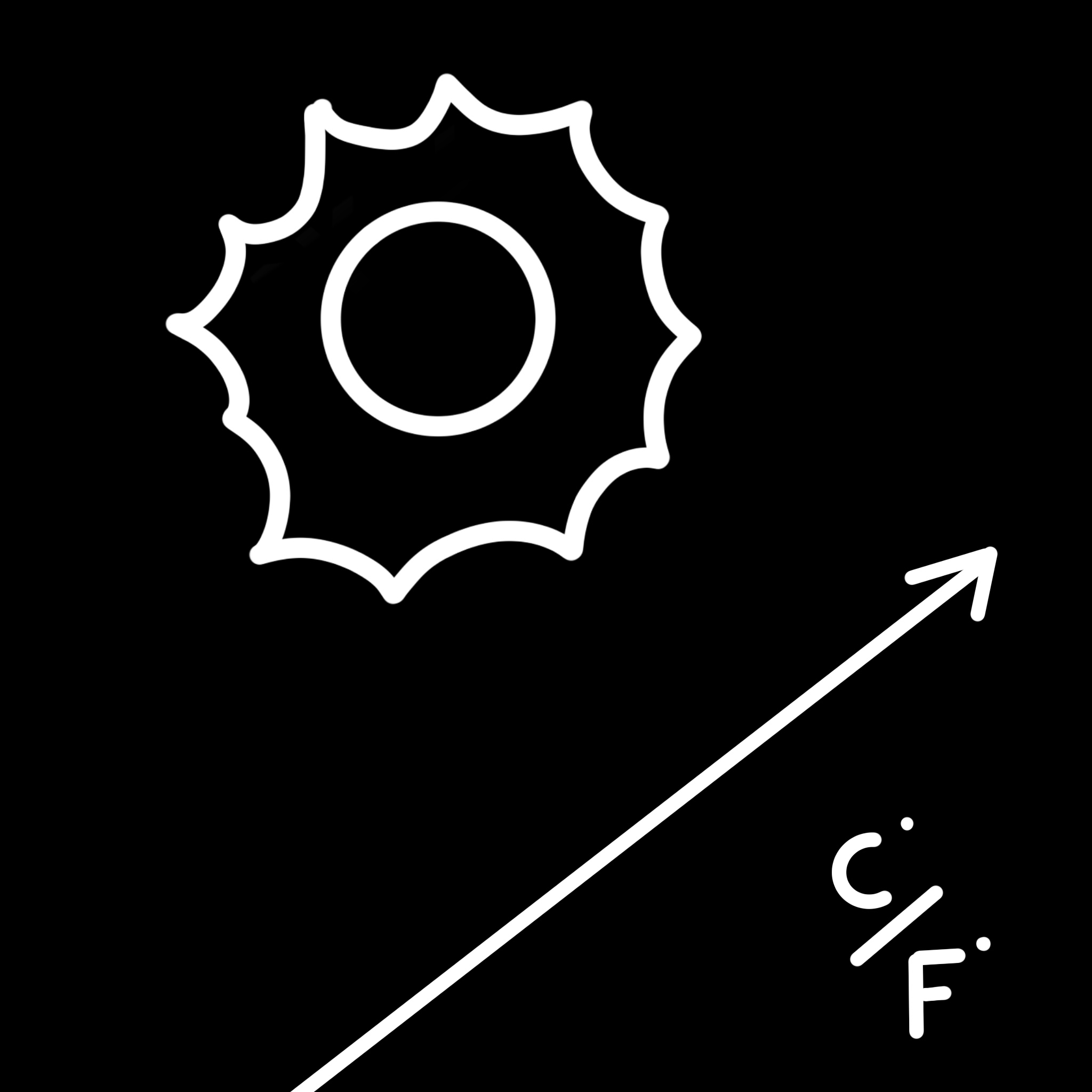
Reconstructing Climate Signals from Natural Records
- Use the skeletal and physical composition of natural records to peer into Earth's climate past
- Explore the efficacy of Neural Networks in a field that has long relied on linear statistical models
- Intersection of environmental science and artificial intelligence — a rapidly expanding field of interest!
- Recreate Earth's historical temperature to predict and understand the future of climate
Lead: Hannah Mandell PO '23
p-Deepfake

Feature Extraction of Deepfake Images
- Deepfakes replace the likeness of a person — making manipulation detection increasingly difficult
- Research feature extraction methods useful for deepfake image classification
- Create a deepfake image dataset from existing benchmark video datasets
- Build models implementing feature extraction (SURF, SIFT)
- Analyze relationships among feature differences between deepfake and original images
Lead: Danica Du HMC '23
p-Spike

Decoding Neuronal Signaling for Seizure Detection in Epilepsy
- Critical need for early seizure detection to reduce uncertainty for epileptic patients
- Apply ML and advanced AI techniques to neuronal signaling from EEG and spike train datasets
- Determine and isolate features characteristic of epilepsy
- Develop predictive models for seizure occurrence based on measured and simulated data
Leads: Sophia Epstein CMC '22, Varun Bopardikar PZ '22
p-Resume

NLP Enhanced Resume Generation
- Employers use automated tools to reject applicants, increasing burden on job seekers
- Use NLP to read and tag job listings and optimize user resumes for higher interview rates
- Apply Named Entity Recognition (NER) and the Spacy library
- Experiment with different neural network architectures for resume enhancement
Lead: Kevin Ayala PO '22
SP 2021
p-ASL

Sign Language Recognition with Deep Learning
- Extract hand and body landmarks using Google's MediaPipe
- Apply Deep Learning to recognize ASL signs in real-time
- Focus on the problem of recognizing signs that involve motion
- Explore socially responsible AI in a supportive techy team
Lead: Marcos Acosta HMC '23
p-sync

Forecasting Order in Chaotic Worlds
- Explore reservoir computing for forecasting chaotic complex systems
- Work with experimental simulations and messy real-world data
- Model systems connecting people, ideas, and power
- Applications from viral misinformation spread to societal healing
Lead: Jacob Zimmerman PO '23
p-web

Exploring Language Modeling Approaches Toward HTML
- Build a neural network-based language model for HTML
- Scrape and process a corpus of HTML for training
- Train models for masked token prediction and HTML generation
- Experiment with techniques from BERT and GPT-2
Lead: Andy Liu HMC '23
p-agent

Tasked Agent in Simulated Environment
- Train a drone to autonomously complete tasks using reinforcement learning
- Develop environments using Unreal Engine
- Optimize drone behavior by tuning hyper-parameters
- Goal: transition trained models onto real physical drones
Lead: Michael Lee CMC '22
p-novel

Tracing the Emotional Valences over a Bildungsroman
- Apply machine learning to analyze emotions across coming-of-age novels
- Track how characters' emotions evolve (happiness, fear, sadness)
- Identify patterns in emotional development through the narrative
- Explore quantitative approaches to literature
Lead: Tai Xiang PO '23
p-PET

Image Classification of Abnormal and Normal PET Scans
- Use computer vision techniques on PET brain images
- Create a classifier to detect abnormalities like cancer
- Intersection of medical imaging and machine learning
- Apply image processing pipelines to real medical data
Lead: Sophia Epstein CMC '22
p-resume

NLP Enhanced Resume Generation
- Use NLP to read and tag job listings for resume optimization
- Apply Named Entity Recognition and optimization algorithms
- Automate resume tailoring to improve interview chances
- Level the playing field for applicants facing automated rejections
Lead: Kevin Ayala PO '22
SP 2022 Projects
p-rotein
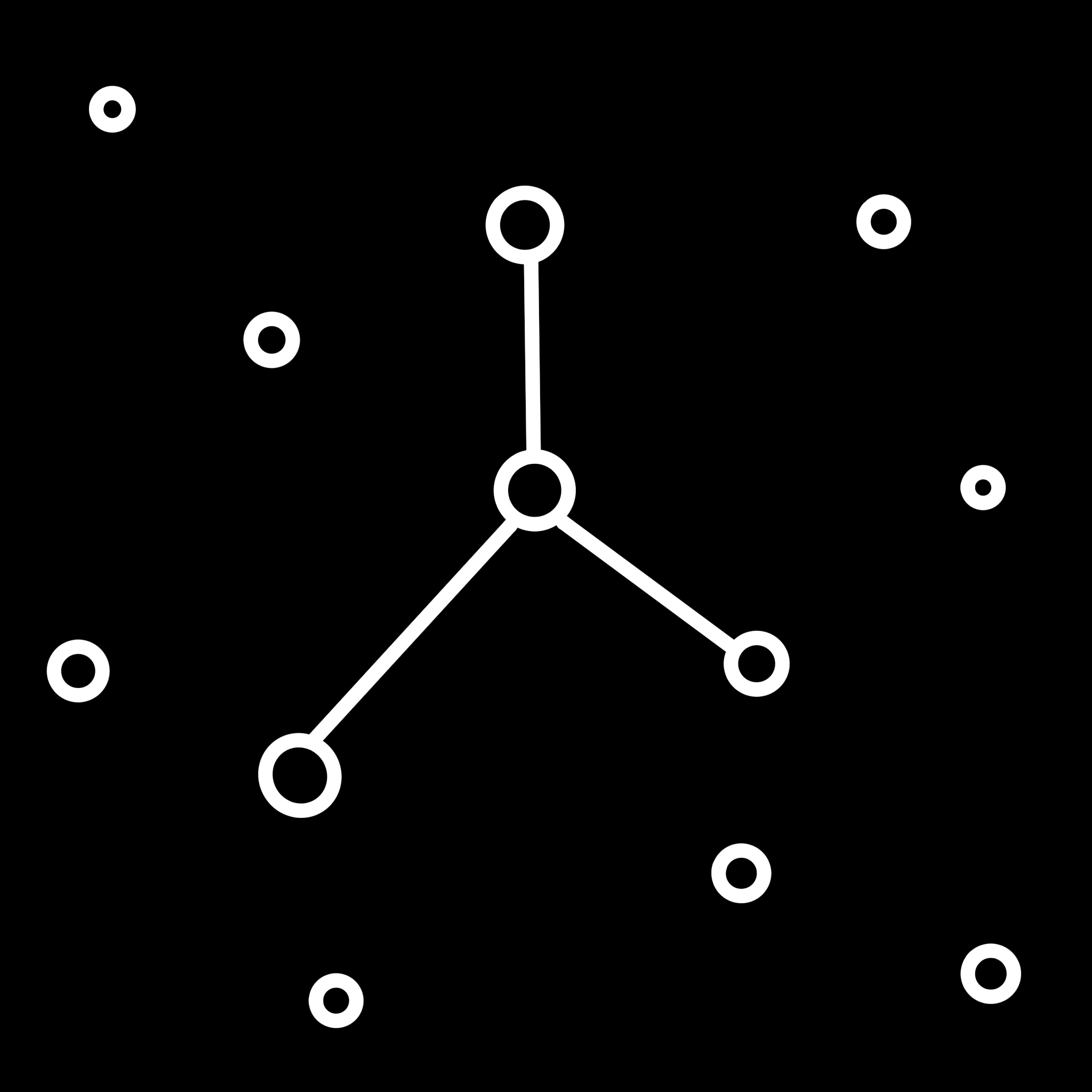
Identifying Intrinsically Disordered Proteins
- Identifying protein disordered regions that compose about 50% of the entire human proteome
- Relevant to understanding the underpinnings of protein structure prediction
- Great for folks interested in applying computation to the natural sciences
Lead: Michelle Garcia PO '22
p-gaming

Competitive Video Game Outcome Prediction
- Build a predictive model capable of correctly estimating the win or loss outcome of a competitive video game given in-progress factors
- Learn and apply supervised classification ML (Logit regression, Decision trees, SVM, etc.)
- Extract data using REST API calls and build a csv database
- Explore model selection and model tuning in scikit-learn
- Use machine learning with a fun and approachable video game dataset
Lead: Austin Zang PO '24
p-resume

Leveling the Employment Playing Field
- Implement and apply updates to web scraper
- Apply Named Entity Recognition model to scraped job listings
- Publish working app using Flask and Docker
- Perfect for anyone wanting full stack experience
Lead: Kevin Ayala PO '22
p-generative

Exploring Generative Models of Cognition as Generative Art
- Generative models try to infer the algorithm that has produced given data.They can be applied to various problem domains, but they are especially insightful in modeling cognitive processes—the algorithms in our minds.
- Generative art is an art practice in which human artists collaborate with algorithms (often handmade) to produce pieces, typically visual.
- In this project, we will first be introduced to probabilistic generative models of cognitive processes using a new language based on JavaScript.
- We will then explore how we can create generative art by visualizing these generative models! (like deep dream, but for cognitive processes!)
Lead: Jacob Zimmerman PO '23
p-interact

Using GPT-3 to Generate Interactive Fiction
- - Using OpenAI’s [GPT3] Language Model to generate interactive fiction stories (stories in which user input is used to influence how the story develops. e.g. [Choose Your Own Adventure])
- Previous work has involved writing GPT-3 prompts to generate fiction, encoding information within GPT-3 prompts to maintain consistency, and evaluating model outputs with coherency metrics
- Plans this semester include prompt and hyperparameter tuning, adapting GPT-3 to output different styles or genres of text, and investigating ways to encode entire plot structures so stories can progress and end naturally
- Goal: publicly release a functional, interactive web app by the end of the semester
- Ideal for those interested in computational creativity, working with GPT-3, and more applied ML projects
Lead: Andy Liu HM '23
FALL 2022 Projects
Industry Project — Navfeas

Geospatial Data Visualization and Analysis for an Ocean Conservation Startup
- Learn and practice industry-standard SWE fundamentals: backend API construction, node.js webdev framework, containerization (Docker/Kubernetes), git, unit testing, software architecture, databases (MongoDB, Neo4j)
- Work with geospatial GPS coordinates to predict whale migration patterns - aiding mariners to avoid areas where shipping traffic creates an environmental disturbance
Lead: Austin Zang PO ‘24
p-recommender

Interactive Course Recommender for 5C Students
- Use NLP embeddings, unsupervised learning, and multi-class neural networks to build a content-based recommendation system that suggests a rich variety of 5C courses.
- Scrape and extract features from a corpus of course descriptions and instructor reviews.
- Build an interactive web app that can be used by 9000+ students of the Claremont colleges.
Lead: Saatvik Kher PO ‘24
p-yum

Quantifying the Culinary side of YouTube
- Create a set of metrics for quantifying creator-audience interactions for food-based YouTube channels
- Develop image-processing and NLP-based models for automated evaluation of YouTube channels
- Characterize a large set of well-known food-based YouTube channels with the compiled metrics
- Look for predictors of success in food-based YouTube channels
Lead: Tai Xiang PO ‘23
p-okemon

Pokemon Battle Engine
- Develop an evaluation function that predicts win% in a given position using VGC statistics APIs and battle simulators.
- Create models using supervised learning techniques to iterate on search tree of potential outcomes and select the strongest outcomes determined by evaluation function.
- Employ self-play training to further improve the supervised models and launch unsupervised models which solely learn through self-play.
- Test against humans!
Lead: Zac Davis CM ‘24
p-laying_soccer

UEFA Soccer Match Prediction
- Design and create comprehensive and informative visualizations and animations for soccer matches (with advanced statistics and metrics).
- Look for statistically significant metrics in winning (and losing) teams and determine correlation versus causation.
- Build machine and deep learning models for predicting outcomes of soccer matches.
Leads: Taylor Venenciano PO ‘23 & Guy Thampakkul PO ‘23
p-stocks

Predicting Stock Behavior from Google Searches
- Use supervised classification and regression algorithms to predict stock price fluctuations based on Google search data.
- Utilize modules yfinance and pytrends to extract data, as well as a variety of web scraping techniques to build our data set.
- Determine the correlation between a stock’s search volume and its price change, and compare our results with various other technical indicators to determine the most significant stock metrics.
Lead: Arjun Govind PO ‘25
p-music

AI-Generated Album Ratings
- Use Audio Visualizations (Spectrograms) to generate a dataset in which we can train a Convolutional Neural Network (CNN) to predict Album Score Ratings (Out of 5 Stars).
- Scrape and process song data in order to create a dataset of Albums to train our CNN.
- Use GPT3, and NLP in order to generate short, written Album Reviews to accompany the numerical rating.
Lead: Marwan Bit HM ‘25
SPRING 2023 Projects
Industry Project - Samba TV

AI/ML for Television
- SambaTV is a TV data company working on developing Machine-Learning Models to quantify and understand how TVs and associated devices are used, in order to improve user experience.
- To train such models, SambaTV requires large amounts of labeled data (particularly in the form of TV frames with detected logos highlighted regions). We will be utilizing synthetic data generation to generate large swaths of training data.
- We aim to release a small subset of the dataset generated as an open-source project, alongside releasing results regarding how “helpful” synthetic data is for learning.
Leads: Serena Mao HM ‘25, Marwan Bit HM ‘25
Industry Project - Navfeas

Geospatial Data Visualization and Analysis for an Ocean Conservation Startup
- Learn and practice industry-standard SWE fundamentals: backend API construction, node.js webdev framework, containerization (Docker/Kubernetes), git, unit testing, software architecture, databases (MongoDB, Neo4j)
- Work with geospatial GPS coordinates to predict whale migration patterns - aiding mariners to avoid areas where shipping traffic creates an environmental disturbance
Leads: Austin Zang PO ‘24
p-okemon

Pokémon Battle Engine
- Develop an evaluation function that predicts win% in a given position using VGC statistics APIs and battle simulators.
- Create models using supervised learning techniques to iterate on search tree of potential outcomes and select the strongest outcomes determined by evaluation function.
- Employ self-play training to further improve the supervised models and launch unsupervised models which solely learn through self-play.
- Test against humans!
Lead: Zac Davis CM ‘24
p-colleges

College Recommendation System
- Create a website that helps people narrow down their college search by culture. We seek to create a system that, given a college, recommends other colleges with a similar culture and groups colleges with similar cultures together.
- Utilize web scraping and APIs to gather data from college subreddits and college reviews on Rate My Professor.
- Deploy NLP models (sentiment analysis), practice data cleaning & processing, and build an interactive public-facing website.
Leads: Aser Atawya PO ‘25 & Tilo Reneau-Cardoso PO ‘25
p-fraud

Financial Transaction Fraud Detection
Explore credit card fraud and identity theft detection using publicly available fraud detection datasets. Build models using Random Forests, Neural Networks, and k-NN algorithms to detect fraudulent transactions.
- Credit card fraud, identity theft, and bot attacks result in millions of dollars lost each year — and can ruin lives. We will use publicly available fraud detection benchmark datasets to create a variety of classification models and detect fraudulent behavior.
- Explore and compare the efficacy of Random Forests, Neural Networks, and k-Nearest Neighbor models on 5 different fraudulent and transactional activities.
- Bias is a notable but often forgotten aspect of financial data. We plan to evaluate the bias in these datasets, build models using the de-biased data, and then compare them to the previous results.
Lead: Nathaniel Getachew PO ‘23
p-stonks

Predicting Stock Price with Convolutional Neural Networks
- Use a convolutional neural net in order to predict price movements and beat the market.
- Investigate the use of siamese nets to predict the relative performance between two stocks, designed for pair trading strategies that reduce the amount of market risk we would have to take on.
- Using python’s yfinance package, we will analyze U.S. Stocks with well-established technical indicators like weighted moving averages, Bollinger bands, and stochastic oscillators.
Lead: William Yang HM ‘24
p-recs

Interactive Course Recommender for 5C Students
- Use NLP embeddings, unsupervised learning, and multi-class neural networks to build a content-based recommendation system that suggests a rich variety of 5C courses.
- Scrape and extract features from a corpus of course descriptions and instructor reviews.
- Build an interactive web app that 9000+ students of the Claremont colleges can use.
Lead: Saatvik Kher PO ‘24
FALL 2023 Projects
Industry Project - p-lnl3d

Software development FOR 3D Printer SYNCHRONIZATION - Partnered with San Diego Startup LNL3D
- In this project, we will be developing source code for the company LNL3D in order to allow one 3D printer head to take over the other when the filament has run out. We will be utilizing Klipper firmware as parts of Python and we will also be testing it on a physical 3D printer unit.
- Klipper documentation
- Python language
Lead: Terence Chen HM ‘26
p-reset

personalized self care web app
- This project will create a fully functional self care web application with AI-based recommendations for personal wellness, incorporating features such as break reminders, habit and mood tracking, journaling, and calendar integration. Combining both software engineering and traditional data science elements, we will also implement smart scheduling of wellness activities, use NLP techniques to analyze journal entries, and develop personalized visualizations from user data. The aim is to have an assistant that learns from a user’s past activity to make smart recommendations and optimize time management to include self care tasks.
- JavaScript, Python
- SQLAlchemy, PostgreSQL, React.js, Flask, Docker, Git
- supervised & unsupervised learning, RNNs, sentiment analysis, LDA, clustering
Leads: Vivien Song POM ‘25, Sumi Vora POM ‘25
p-wikiracer

Developing an Wikiracing algorithm and website using word vectors
- Wikiracers (https://wikiracer.io/) is a game where players are given a start and end page on Wikipedia and challenged to go from the start page to end page in as few clicks as possible. Our goal is to build an algorithm that can reliably find a short path between any two wikipedia pages and is competitive with human players. We will also develop a website for the algorithm.
- Tech stack: - SentenceTransformers
- Employ self-play training to further improve the supervised models and launch unsupervised models which solely learn through self-play.
- Wikipedia API - Pytest
- concurrent futures module (for testing hundreds of games at the same time)
- Flask, Figma, HTML
Leads: Michele Tang POM ‘24, Tilo Reneau-Cardoso POM ‘25
p-classwise

The all encompassing 5C course scheduling app
- We will simplify and enhance the process of course scheduling at the 5Cs with an app that centralizes all of the scattered information and functionalities needed during registration by accounting for major requirements, course reviews, and past courses of interest, while employing auto-scheduling and course recommendation algorithms. The culmination of the project will be a deployed easy to use web-app that will act as a one-size-fits-all solution for 5C students’ course registration needs. As our optimistic goal, we would like to build some advanced scheduling and course selection algorithms to permanently change the student’s registration experience.
- This project will use an assortment of libraries such as BeautifulSoup4, scikit-learn, and pandas, and explore technologies such as Flask, pytorch, and Firebase.
- We will have positions to work in all stages of full stack app development working with Flask as our web framework. You will gain experience working through the development process from back-end databases and user authentication to data collection through web scraping, working with ML models, and more.
Leads: Yotam Twersky POM ‘25, Alex Nasoni CMC ‘25
p-geolocation

Solar Snapshot: Sun-Based Geolocation
- The goal of this project is to develop and deploy a web app which provides an estimation of the user's location once given two timestamped images of the sun. The main focus of this project will be to focus on SWE fundamentals while also incorporating astronomy concepts to cultivate a sense of wonder and fascination for the subject.
- Python fast-api, Opencv, React, AWS EC2, Docker
Lead: Ethan Lee POM ‘24
p-ollution

Connecting Air Pollution and Public Health
- Climate change meets P-ai meets public health. Air pollution is a serious problem in many parts of the world whose damage is worsened by climate change. P-ollution harnesses the power of public data to quantify the health damages caused by air pollutants in Seoul, South Korea and create visualizations to communicate their impact.
- Tech Stack: Python (pandas, matplotlib, seaborn, scikit-learn + TBD), streamlit, Git
Lead: Seohyeon Lee POM ‘25
p-stars

Unsupervised Clustering of Variable Stars
- The cosmos is alive with change: supernovas, gamma ray bursts, pulsars. We aim to unlock the secrets of the universe by taking advantage of the large amounts of data astronomers have collected on variable stars, which have a noticeably varying brightness over time, through developing novel data processing and machine learning methods. We have previously built a supervised algorithm with 85% accuracy. This new model will be unsupervised, in that the algorithm must learn to discern the unique types of stars without explicit output classes it’s trying to match; successful deployment on a well-studied dataset will provide us with the opportunity to study contact binary systems, which are an active area of astronomy research.
- Construct unsupervised clustering algorithm to classify types and sub-types of variable stars.
- Will begin with a labeled dataset that we trained our supervised model on since this gives us a positive control; if successful, we will study novel datasets of great use to astronomers, including contact binary systems. Thus there is a real, possibly publishable, research opportunity here.
- Two primary approaches: statistical and other astronomical indices to process timeseries brightness data for stars (lightcurves) -- need to develop a new metric for this space; tree model inspired by large language models using slices of lightcurves as tokens.
- A lot of the code to process the lightcurves will be custom written (the datastructures), but we will take advantage of the code we have already written for processing as well as the package 'sklearn' and others to deploy a variety of existing clustering algorithms (k-Metoids, DBSCAN, OPTICS) once we can represent our data in a meaningful way.
Leads: Oscar Scholin POM ‘24, Graham Hirsch POM ‘24
p-stonks

Predicting Stock Price with Convolutional Neural Networks
- In this project, our objective is to harness the temporal dynamics and sequential patterns inherent in stock price data through Recurrent Neural Networks (RNNs) to create a predictive model. We aim to provide a clear understanding of the capabilities of RNNs in stock price prediction while benchmarking our model's performance against the state-of-the-art prediction methods.
- PyTorch, sklearn, matplot, Recurrent Neural Network, LSTM
Lead: Ian Li HM ‘25
p-boxing

Real-Time Hit Classification using Neural Networks and other Machine Learning Models
- This project aims to create a Machine Learning Model that can correctly classify/detect punches in real-time from a real boxer while practicing. The main deliverable of this project will be a model that in real-time can detect and classify punches into one of the following categories: left hook, straight left, right hook, straight right, etc. By the end of the project, we hope to deploy the model for a real-time live demo. The project will involve the implementation of Support Vector Machines, K nearest neighbors, Cat Boost, Recurrent Neural Networks, Neural Networks, and Convolutional Neural Networks on Accelerometer and Video Data of fighters. This project will involve utilizing Tensorflow, Pytorch, Pandas, Matplotlib, Seaborn, and other ML related Python Libraries alongside collecting accelerometer data.
- Learn about the theory and implementation of Neural Networks, Recurrent Neural Networks, Convolutional Neural Networks, Support Vector Machines, and a whole other host of Machine Learning Models.
- Utilize Pytorch, TensorFlow, ScikitLearn, and matplotlib, to visualize data, and train Machine Learning Models.
- Deploy a Machine Learning Model that does hit detection live (live demo!) -Work with video and accelerometer data!
Lead: Marwan Bit HM ‘25
p-recipe

Identifying Ingredients for Recipes with Deep Learning
- We will be creating an application that is able to give recipe recommendations just based on a picture of items in a fridge. We will use machine learning to identify and classify the items, and then utilize a database of recipes to match up the users’ ingredients to possible recipes. In addition, we will be creating an intuitive and fast user interface to present the product.
- Python, Javascript
- Tensorflow, Github, Gradio, React.js, Flask
- Neural networks, CNNs, computer vision, UI design
Lead: Alyssa Sawyer HM ‘26